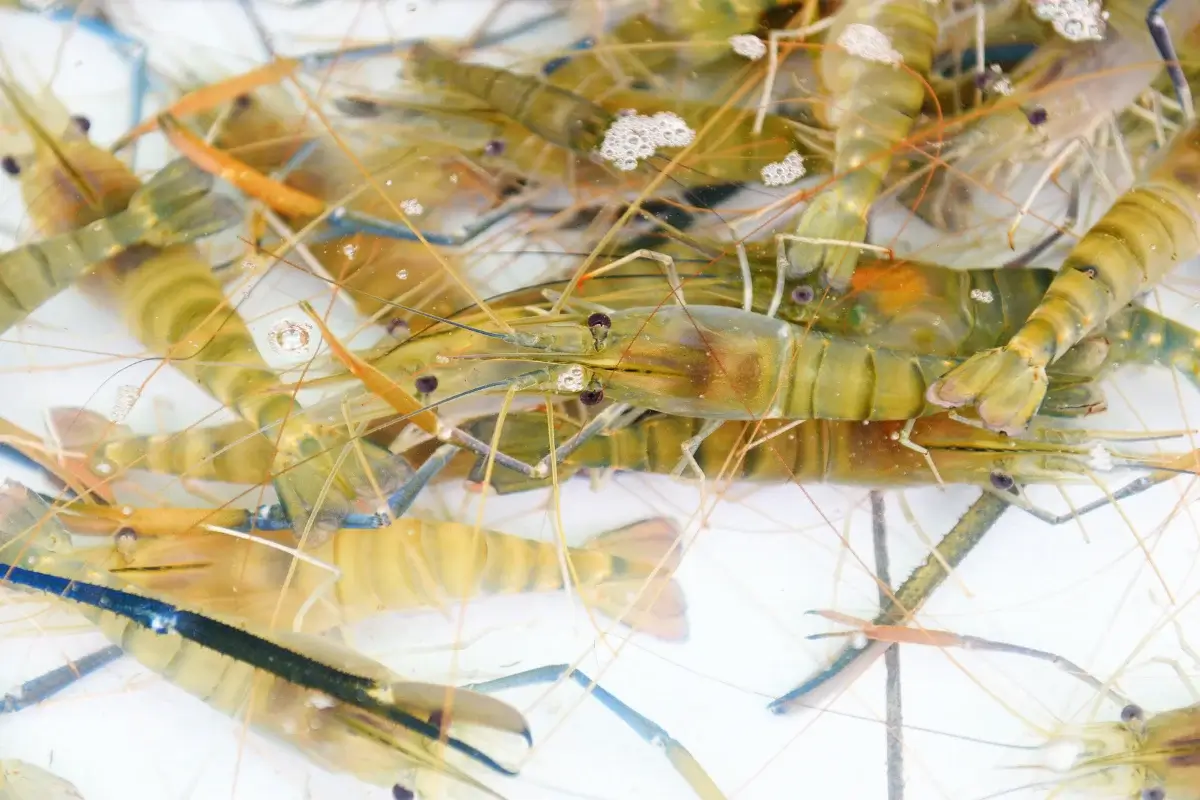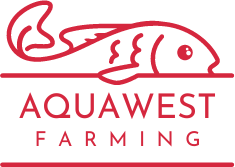Introduction: As the demand for seafood continues to rise worldwide, shrimp farming has become a prominent industry. However, conventional shrimp farming methods have triggered environmental alarms due to their adverse impacts. Thus, there’s a pressing need to transition towards sustainable shrimp farming practices to address these concerns and ensure responsible aquaculture management. In this discussion, we’ll delve into the fundamentals of sustainable shrimp farming and underscore its significance in contemporary times.

What is Shrimp Farming? Shrimp farming involves cultivating shrimp in controlled environments like ponds or tanks rather than relying on natural habitats. Originating in the early 1970s, shrimp farming has evolved into a vital industry, meeting the seafood demands of millions worldwide. Sustainable shrimp farming practices are now imperative to ensure the industry’s longevity while preserving aquatic ecosystems.
Types of Shrimp Farming:
- Traditional Shrimp Farming: This method utilizes extensive pond-based systems with low shrimp densities and minimal inputs. While cost-effective, it poses challenges like disease outbreaks and lower yields.
- Intensive or Semi-Intensive Farming: Involving smaller ponds with higher shrimp densities, this method employs aeration and recirculation systems to maintain water quality. Despite higher investment requirements, it offers increased yields and reduced disease risks.
- Biofloc Technology: This innovative approach utilizes microorganisms to treat shrimp waste, reducing water exchange and chemical usage. Although relatively new, it promises higher yields and reduced environmental impact.
- Recirculating Aquaculture Systems (RAS): RAS employs closed-loop water systems to recycle water, enabling higher shrimp densities with minimal environmental impact. While initial costs are high, it ensures superior water quality and disease control.

Why is Sustainable Shrimp Farming Important? Sustainable shrimp farming safeguards the environment, supports local communities, and ensures economic stability. Unsustainable practices can lead to habitat destruction, pollution, and disease outbreaks, posing significant ecological and socio-economic risks. Adopting sustainable practices promotes industry longevity and enhances product marketability.
Key Practices for Sustainable Shrimp Farming:
- Site Selection: Analyze factors like water quality, tidal fluctuations, soil, and vegetation to choose suitable farm sites.
- Water Management: Maintain optimal water parameters, including salinity, pH, dissolved oxygen, and nitrogen levels, to ensure shrimp health and growth.
- Feed Management: Provide balanced nutrition through natural food organisms or artificial diets, considering shrimp feeding habits and nutritional requirements.
- Disease Prevention: Implement biosecurity measures, proper pond management, and screening protocols to prevent common shrimp diseases.
- Harvesting and Processing: Employ efficient harvesting techniques and post-harvest handling practices to maintain shrimp quality and freshness.
- Marketing Strategies: Promote sustainable shrimp farming practices to enhance product reputation and market competitiveness.

Conclusion: Sustainable shrimp farming is imperative for the long-term viability of the industry and the preservation of aquatic ecosystems. By embracing responsible management practices, shrimp farmers can ensure optimal shrimp production while minimizing environmental impact. Let’s pave the way for a sustainable future in shrimp farming, balancing economic prosperity with environmental stewardship.


